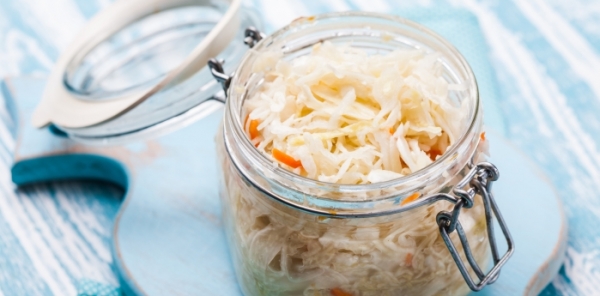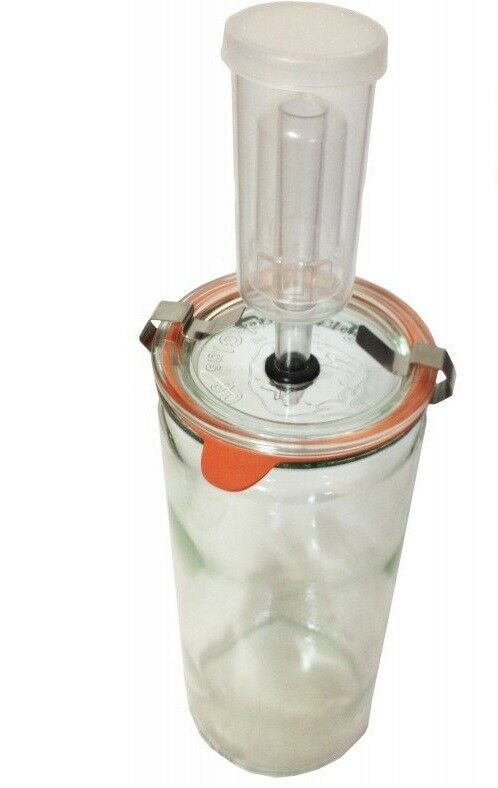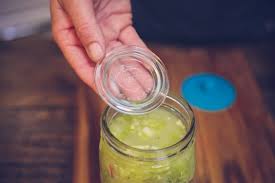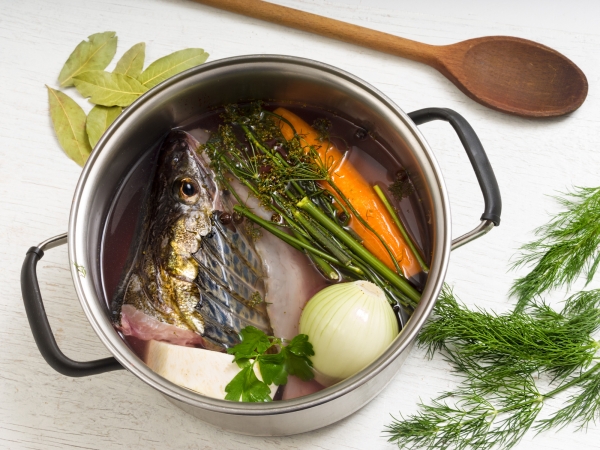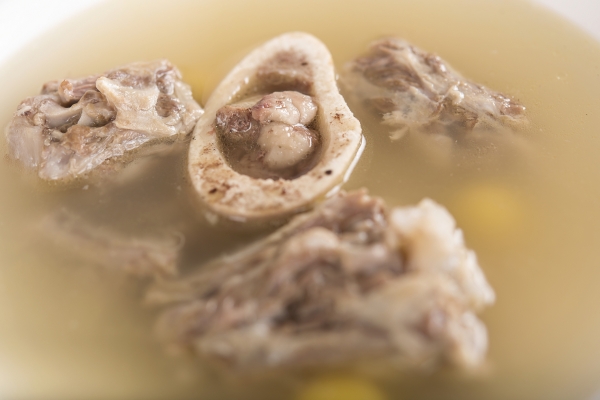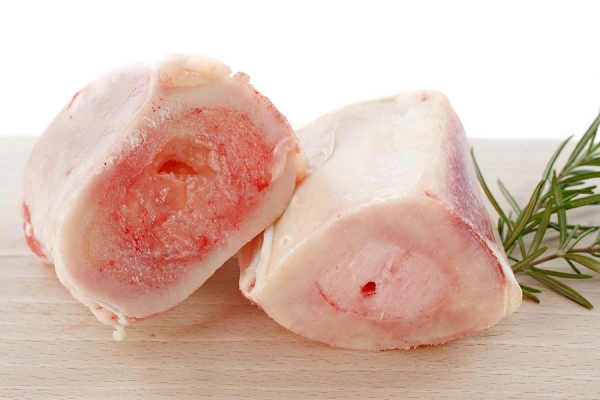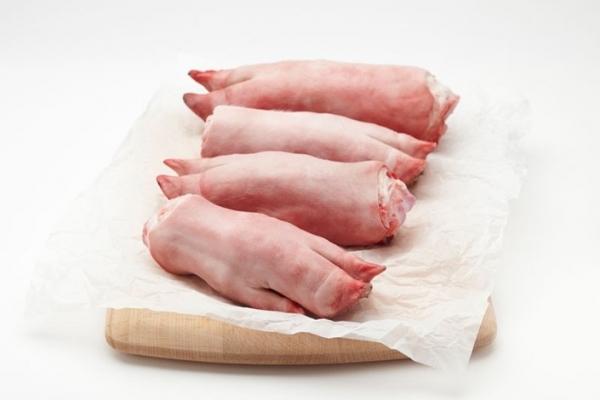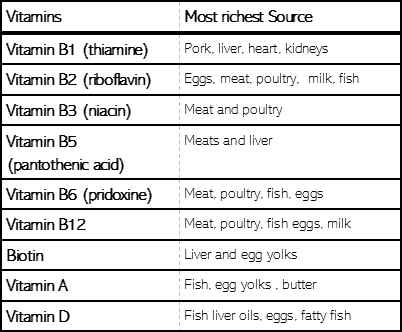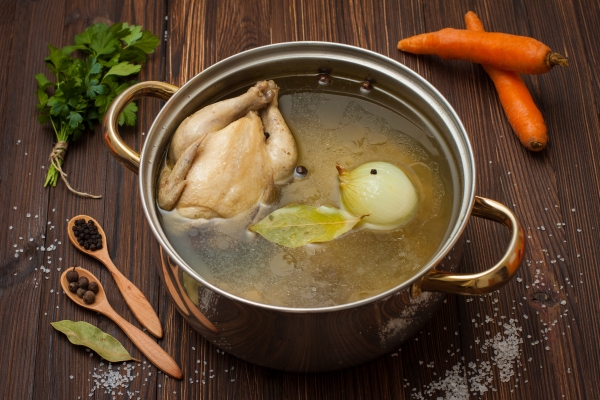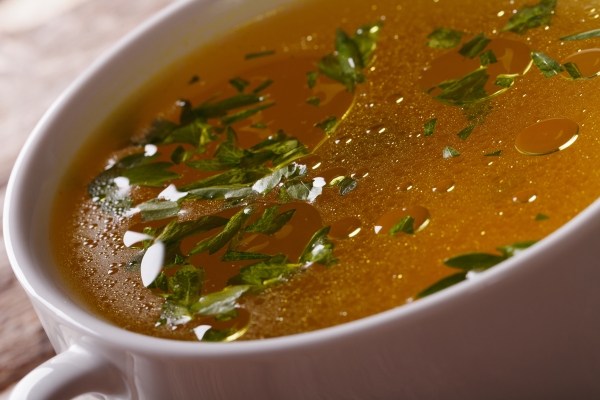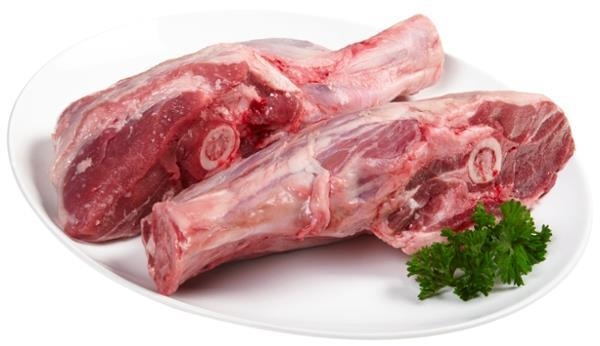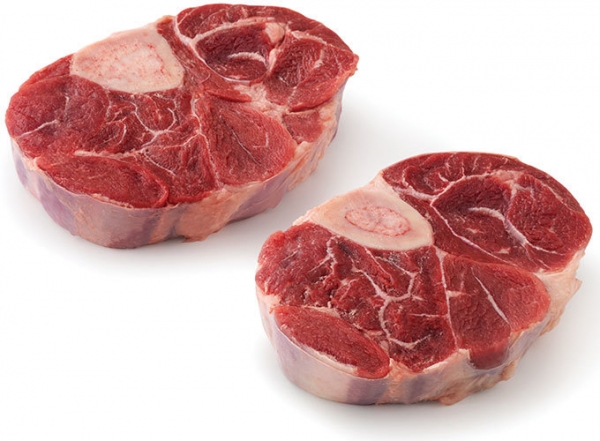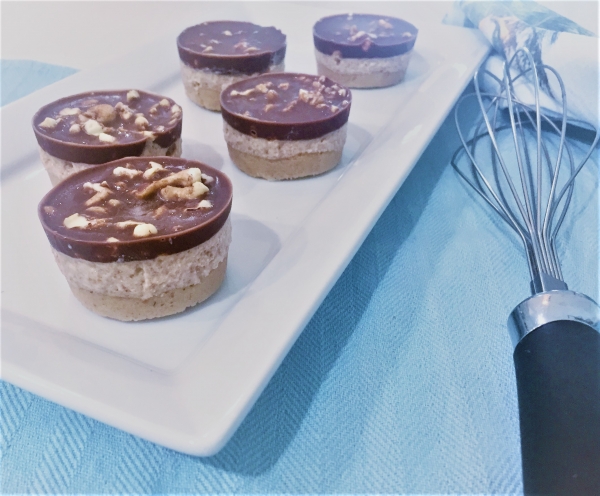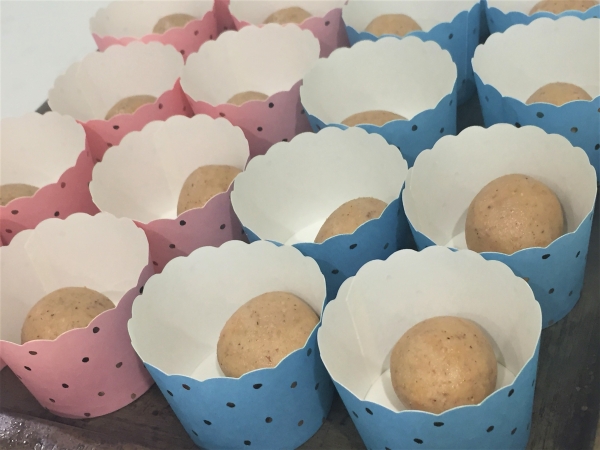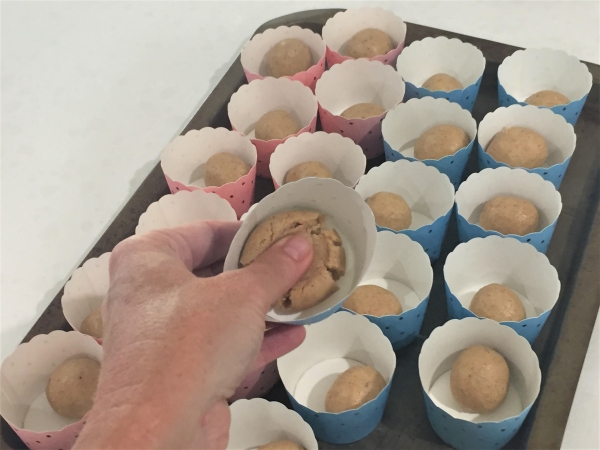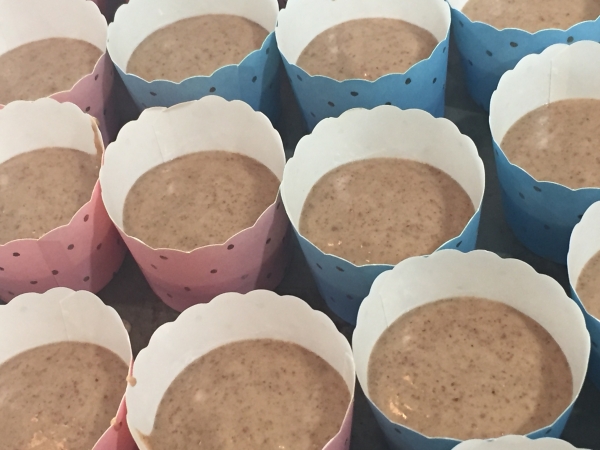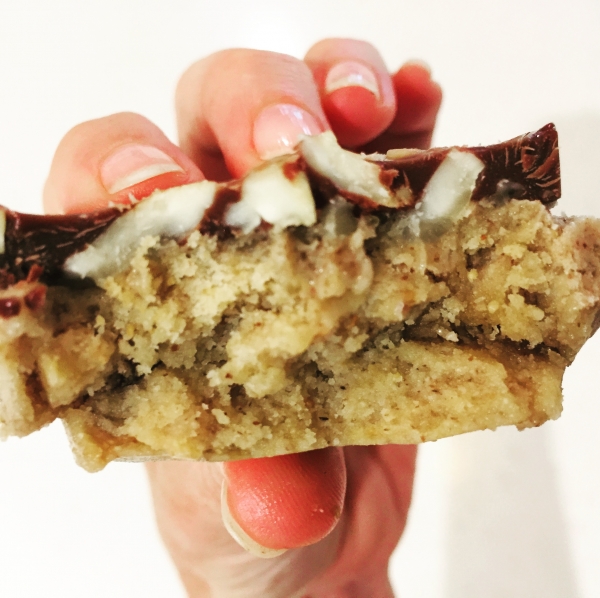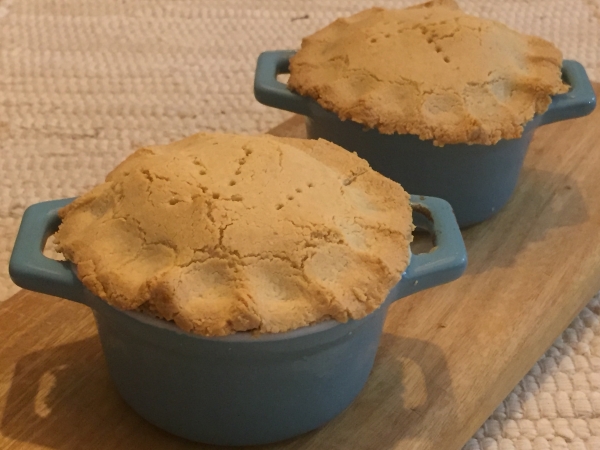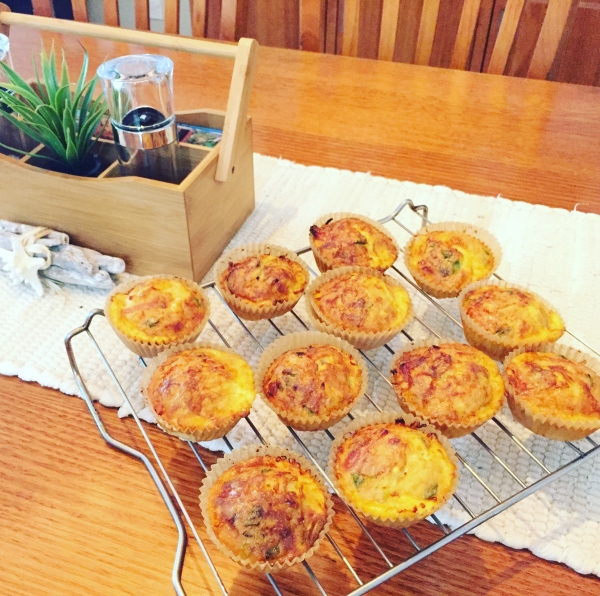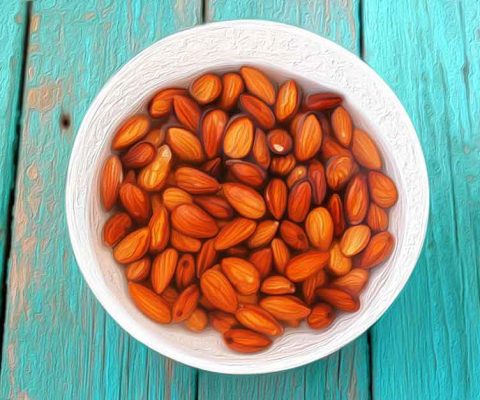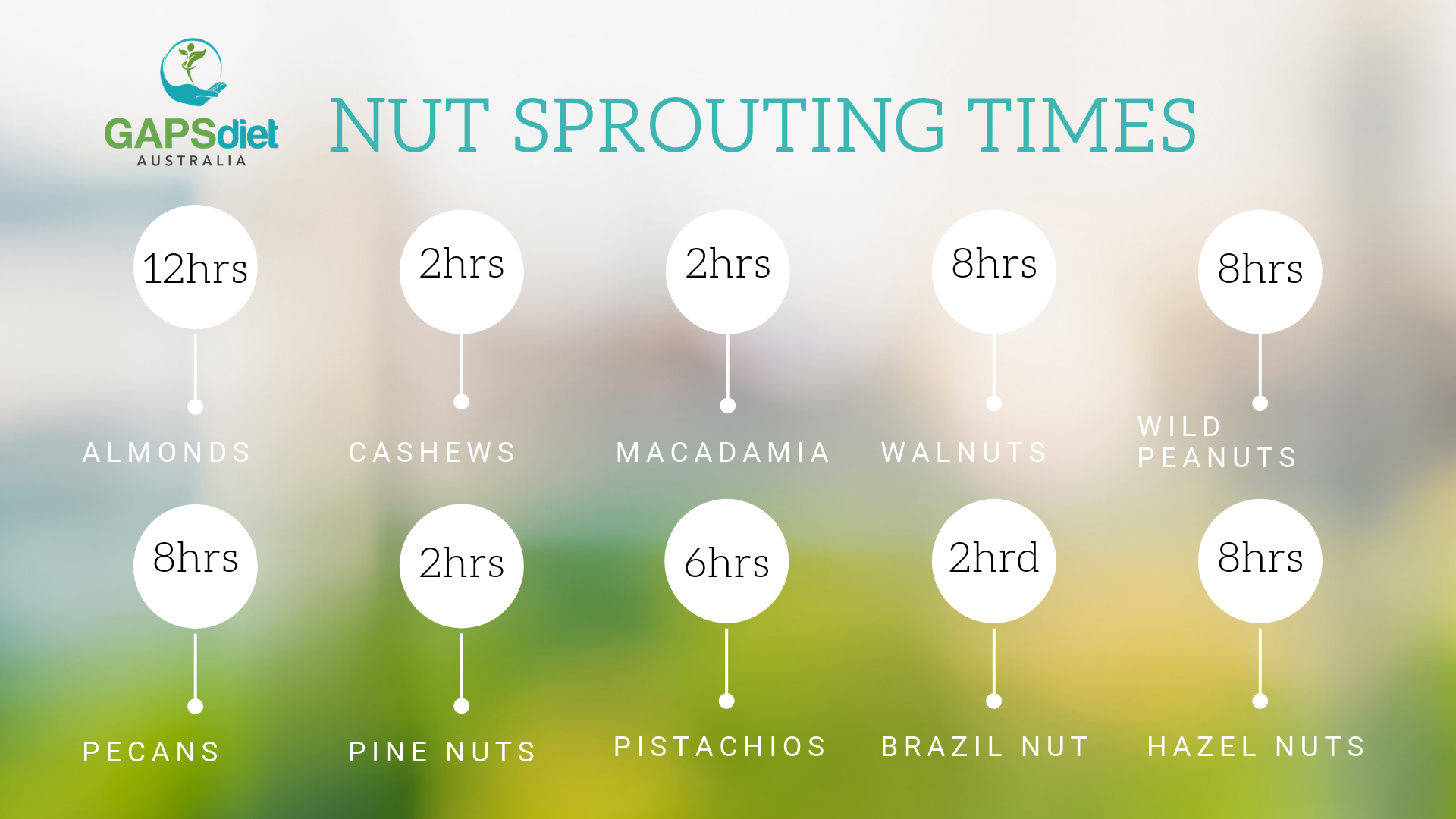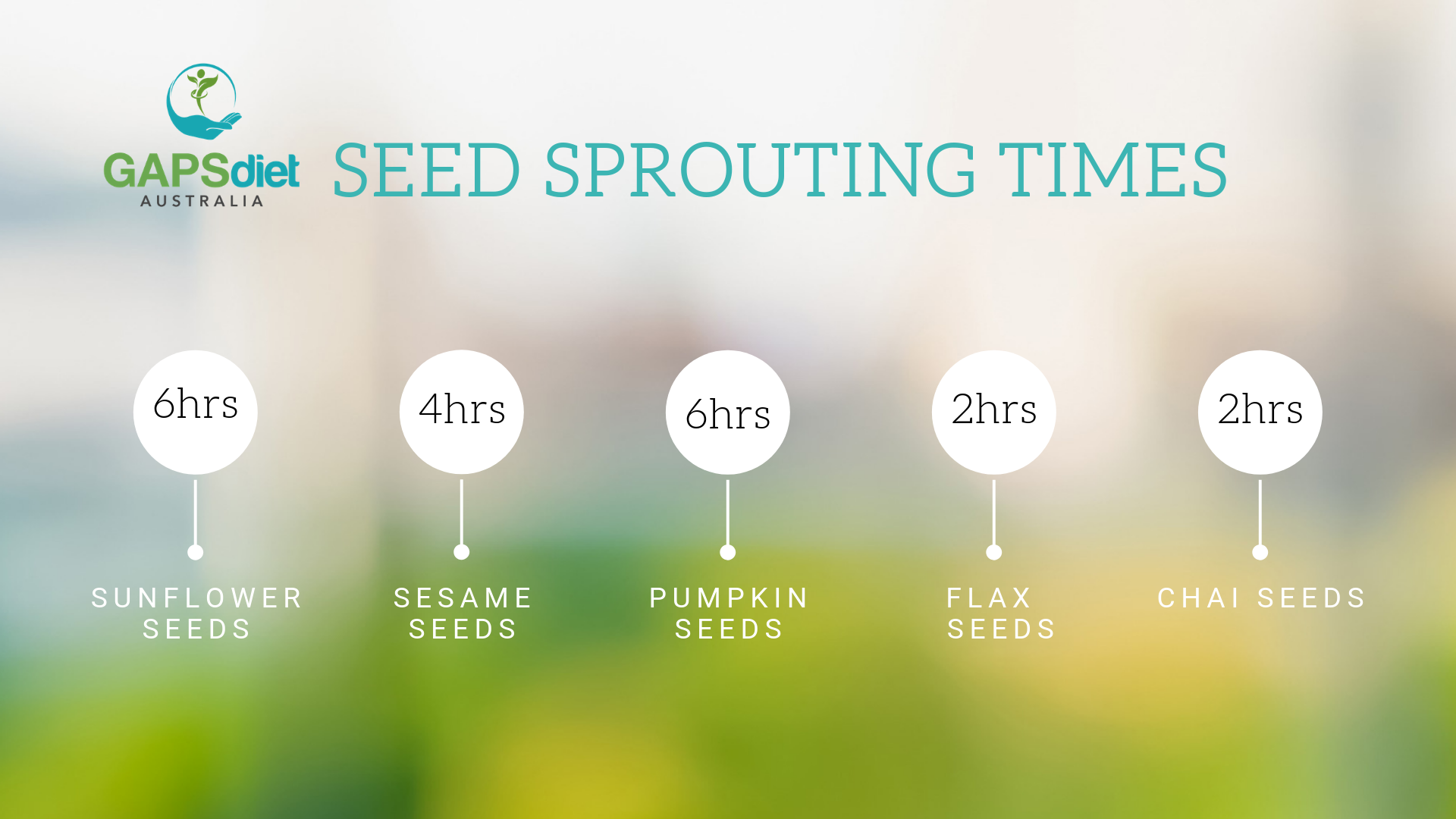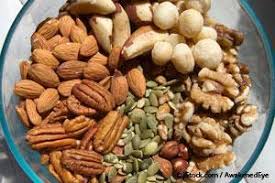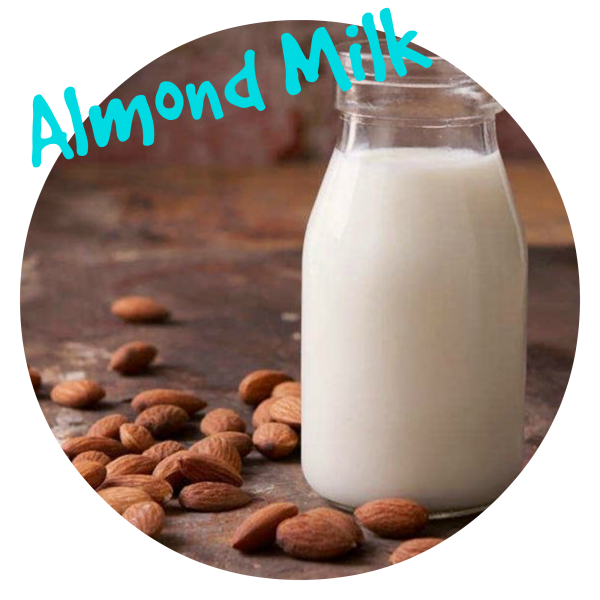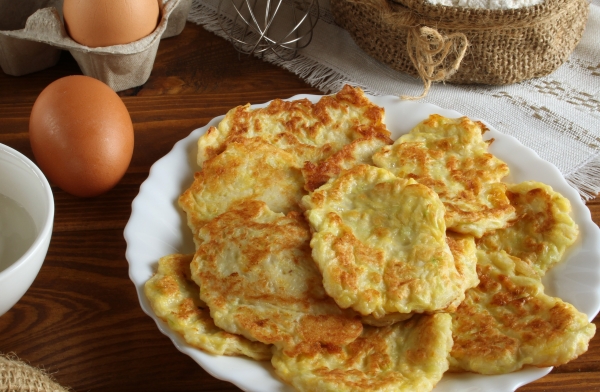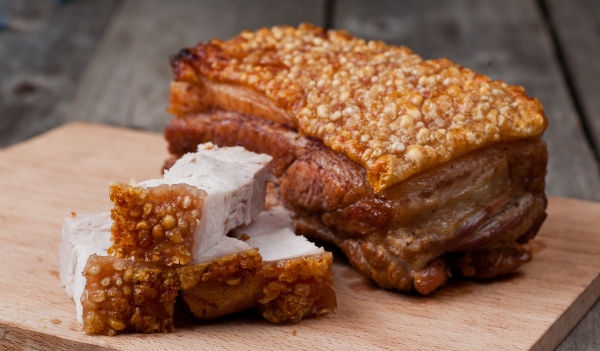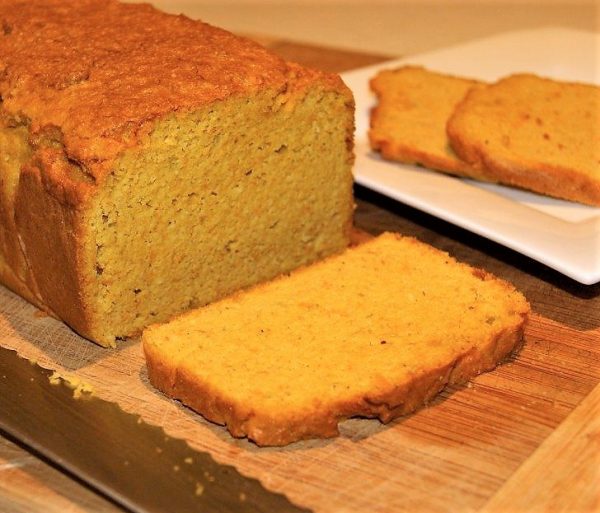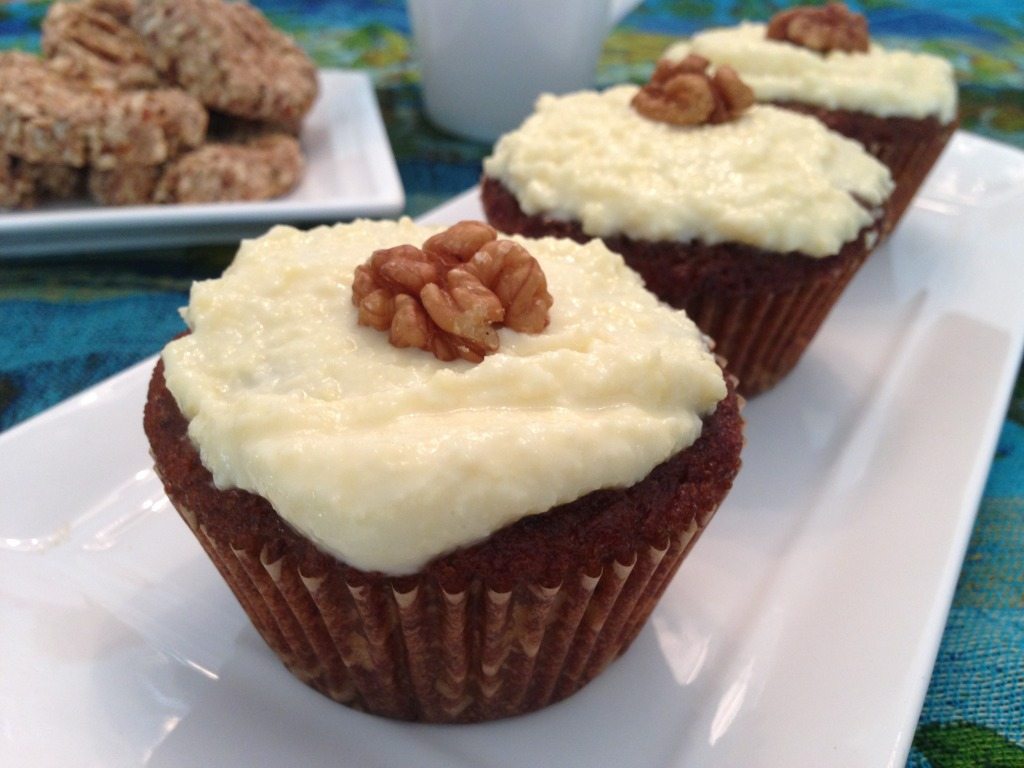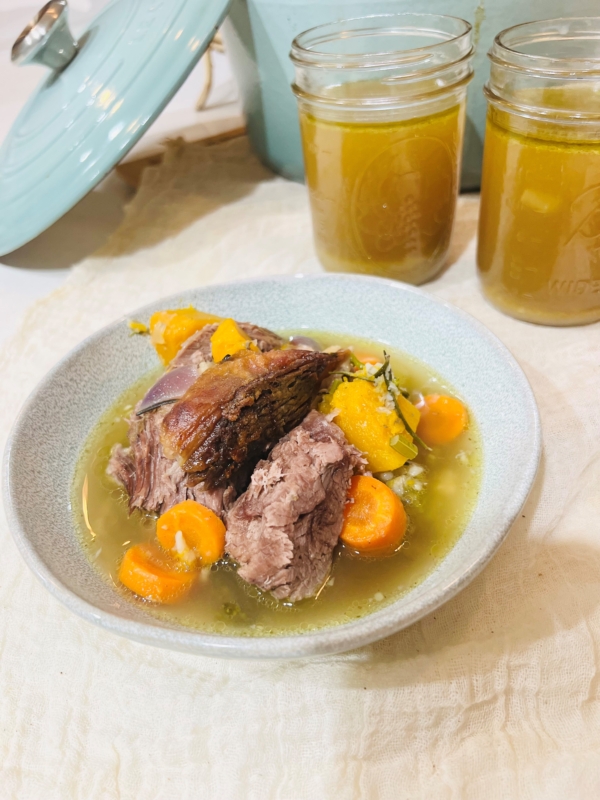Choc Cross Buns
Some people following GAPS in the early stages should avoid sweets all together as honey and cocoa powder can prove to be problematic for people with IBS or chronic diarrhoea. This recipe can be made when all signs of digestion have improved and the patient has been on the GAPS diet for approximately 12 months […]

| Servings |
|
- Muffin tins or round shaped cupcake cartons/papers
- Food processor or thermomix If you have a thermomix, the recipe preparation time will be fast and easy. Regular food processors may take a little more blending to get the desired result.
- Saucepan
- Hand mixer and whisk
- Syringe
- 3 TBSP Raw Cacao Powder
- 1 TSP Homemade Vanilla Extract
- 1/4 Cup Organic Raw Honey optional – not necessary
- 2 Cups Large Pitted Dates
- 1 Cup Organic blanched almond flour
- 6 TBSP Organic Ghee or coconut oil
- 6 Eggs
- 2 TBSP Lemon juice freshly squeezed
- 1 TSP Pure Bicarbonate of Soda
- 2-4 TBSP Beetroot Finely grated (optional)
- 125 Grams Raw Cacao Butter Roughly chopped
- 3/4 Cup Raw Cacao Powder
- 6 TBSP Organic Raw Honey
- 1/2 TSP Homemade Vanilla Extract
- 80 Grams Raw Cacao Butter
- 1 TSP Homemade Vanilla Extract
- 2 TSP Organic coconut flour Sifted
- 1 Pinch Celtic or Himalayan Sea Salt
- 3 TBSP Organic Coconut Oil
- 3-4 TBS Raw organic honey
Ingredients
Equipment
Choc Bun Ingredients
Choc Bun Topping Ingredients
White Chocolate Cross Topping Ingredients
|

|
- Preheat oven at 150◦C
- Place pitted dates in a saucepan on the stove with a tablespoon of ghee and heat on a low temperature until they soften. (if you have a thermomix, you can do this for 5-7 minutes).
- Place softened date mixture in the blender (or thermomix) and blend dates into a paste. Add remaining ingredients and blend at a high speed until the mixture resembles a chocolate cake mixture. The mixture should hold a firm smooth consistency.
- Grease and prepare cupcake tins or use bleach free patty cake papers to pour the mixture into. Cook for 40 – 50 minutes at 150◦C
- Test the cake buns with a fork before you take it out of the oven and when ready, remove cakes from the oven and let the cakes cool on a cooling rack. When cooled, take them out of their wrappers or leave them in for character.
- Simmer some water on a low heat in a saucepan and place a glass bowl over the simmering water. Add the cacao butter to the glass bowl and melt the cacao butter completely. (CAUTION: Keep the heat at a low temperature so that the steam does not cause any water residue within the glass bowl and make sure all your utensils and materials do not have any water on them because any water contaminating the mixture will cause lumps and clumps and spoil the smooth chocolate result).
- Once melted, turn off the heat and add the cocao powder gradually whilst stirring continuously with a bone dry whisk until mixed well with no lumps. Add vanilla seeds, honey and vanilla essence and continue to whisk until smooth.
- When the mixture is lovely and smooth it is ready for the choc bun dipping. HINT: It is a good idea to have put the buns in the fridge for a while because the chocolate will harden on the top of the bun faster like ice magic. Simply dip the buns in the chocolate and place on a tray with baking paper and place in the fridge for 15 minutes. Any leftover chocolate can be poured into chocolate molds to make chocolate treats.
- Simmer some water on a low heat in a saucepan and place a glass bowl over the simmering water. Add the cacao butter to the glass bowl and melt the cacao butter completely. (CAUTION: Keep the heat at a low temperature so that the steam does not cause any water residue within the glass bowl and make sure all your utensils and materials do not have any water on them because any water contaminating the mixture will cause lumps and clumps and spoil the smooth chocolate result).
- Once melted, turn off the heat and add the coconut flour and honey gradually whilst stirring continuously with a bone dry whisk until mixed well with no lumps. Add vanilla extract and continue to whisk vigorously whilst you gradually and slowly add the coconut oil.
- Use a syringe to dispense the cross on the buns and refrigerate for the cross to harden. Make sure to work quickly or keep mixing in between batches to ensure the oil does not start to separate in the mixture.
- Any left over white chocolate can be poured into chocolate molds to make chocolate treats.

